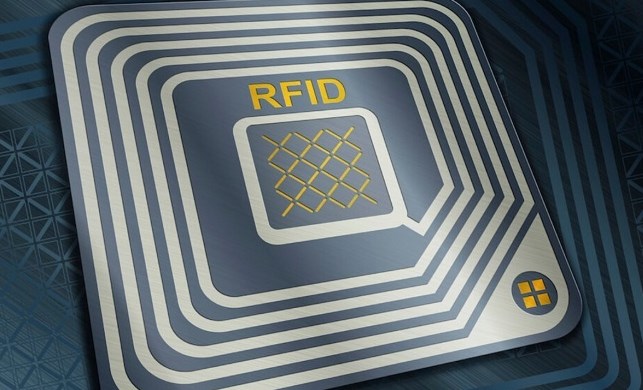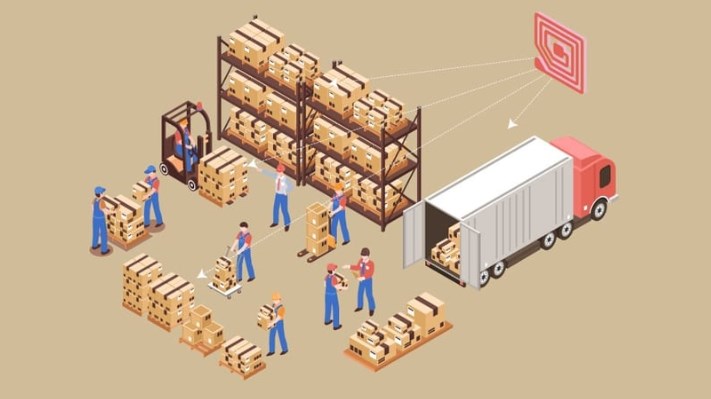OUTLINE:
Enhancing Security and Efficiency with RFID Access Control Systems
 331
331Radio-frequency identification (RFID) technology is a powerful tool that has revolutionized the way we manage access control systems. This technology has been widely adopted in different industries, including healthcare, logistics, retail, and security. In this article, we will explore the benefits of RFID technology in access control systems and how it can be used to enhance security and efficiency.

An RFID access control system uses radio waves to communicate between a reader and a tag or card. The tag or card contains a unique identifier that is transmitted to the reader, which then verifies the information and grants or denies access based on the permissions set by the system administrator. This technology has several advantages over traditional access control systems, including:
- Increased Security: RFID access control systems are highly secure as they use encryption and unique identifiers to authenticate users. It is nearly impossible to duplicate an RFID tag or card, making it a highly secure form of access control.
- Streamlined Access: RFID access control systems can streamline access to buildings or restricted areas by eliminating the need for physical keys or cards. Users can simply hold their RFID tag or card up to the reader, and the system will automatically grant or deny access based on the permissions set by the administrator.
- Improved Efficiency: RFID access control systems can automate many tasks, such as tracking employee attendance, managing visitor access, and monitoring access to sensitive areas. This can significantly improve efficiency and reduce administrative costs.
- Enhanced Reporting: RFID access control systems can provide detailed reports on user activity, including who accessed specific areas and when. This information can be used to identify security breaches or suspicious activity and can be helpful in investigations.
- Scalability: RFID access control systems can be easily scaled to meet the needs of organizations of all sizes. Additional readers and tags can be added as needed, making it a flexible and cost-effective solution.
RFID access control systems can be used in a variety of applications, including:
- Building Access Control: RFID access control systems can be used to control access to buildings, offices, and other restricted areas. Users can be granted access to specific areas based on their job roles, departments, or other criteria.

- Asset Tracking: RFID tags can be attached to assets, such as equipment or vehicles, to track their location and usage. This can help organizations optimize their asset utilization and prevent theft or loss.
![]()
- Inventory Management: RFID tags can be used to track inventory levels and automate the ordering process. This can help organizations reduce inventory costs and improve supply chain efficiency.

- Time and Attendance Tracking: RFID tags can be used to track employee time and attendance, eliminating the need for manual timekeeping systems. This can significantly reduce administrative costs and improve accuracy.
![]()
In conclusion, RFID access control systems are a powerful tool for enhancing security and efficiency in organizations of all sizes. This technology can automate many tasks, streamline access, and provide detailed reporting on user activity. Whether it's controlling access to buildings or tracking inventory levels, RFID access control systems can provide organizations with a flexible and cost-effective solution for managing access control and security.

Disclaimer: The views and opinions expressed by individual authors or forum participants on this website do not represent the views and opinions of Chipsmall, nor do they represent Chipsmall's official policy.

share this blog to:

